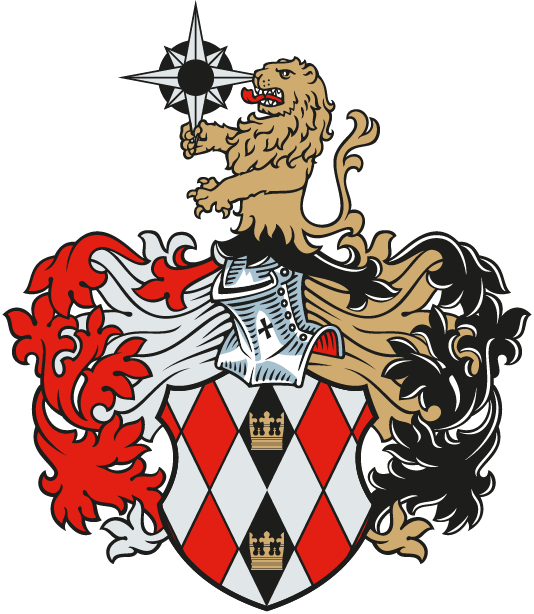

Imagine crossing an entire megacity in under 20 minutes – silently, sustainably, and without traffic lights. Dubai's ambitious Loop project promises exactly that. By 2026, the first phase of this 93-kilometre autonomous transport system will be operational, ushering in a new era of urban mobility and opening doors to real estate innovation on an unprecedented scale.
The morning heat shimmers off the boulevard outside the Burj Khalifa. Taxis honk, buses hiss, and the traffic crawls like molasses. But underneath the city's glittering sheen, a quiet revolution is tunneling its way into the future. It’s called the Dubai Loop.
Step inside one of the sleek, driverless pods. The doors close with a whisper. No engine rumble, no exhaust fumes – just a smooth, gliding motion through a futuristic tunnel that feels more like a sci-fi movie than a commute. You’re in Dubai’s Loop – the city’s bold answer to congestion and carbon emissions.
By 2026, the Roads and Transport Authority (RTA) plans to inaugurate the first phase of the Dubai Loop, a 93km-long underground transport system designed to connect residential, commercial, and leisure zones across the city. The goal? To provide 80% of Dubai’s residents with access to sustainable, autonomous public transport – and to do it with zero emissions.
The system draws inspiration from the Hyperloop concept but adapts it to the scale and rhythm of a bustling metropolis. Unlike long-distance vacuum tubes, the Dubai Loop focuses on short, high-frequency trips within city limits.
“This isn’t just about transport,” says Khalid Al Malik, CEO of Dubai Holding. “It’s about reimagining the entire urban experience.”
The Loop will feature dedicated ‘mobility hubs’ – beautifully designed transit stations doubling as lifestyle micro-centers, complete with cafes, coworking spaces, retail outlets, and pedestrian-friendly plazas. They’re designed to be more than stops – they’re destinations.
Autonomous vehicles will glide through tunnels powered entirely by renewable energy. Artificial intelligence will optimize routes, manage traffic flow, and personalize user experiences. It’s not just smart – it’s elegant.
Dubai’s vision is to eventually complete the full Loop network by 2040, but the initial rollouts by 2026 are already reshaping urban planning and investor interest. The city’s layout, commute patterns, and neighborhood dynamics are poised for transformation.
The Dubai Loop is more than a transport upgrade – it’s a real estate catalyst. With each new mobility hub, the city is effectively creating a new node of urban life, ripe for development and investment.
Developers are already scouting sites near proposed Loop corridors, anticipating demand for residential, retail, and office spaces. Smart mixed-use developments tailored to the new commuting lifestyle are expected to flourish. For early investors, this could mean substantial long-term returns as land values and rental yields rise.
